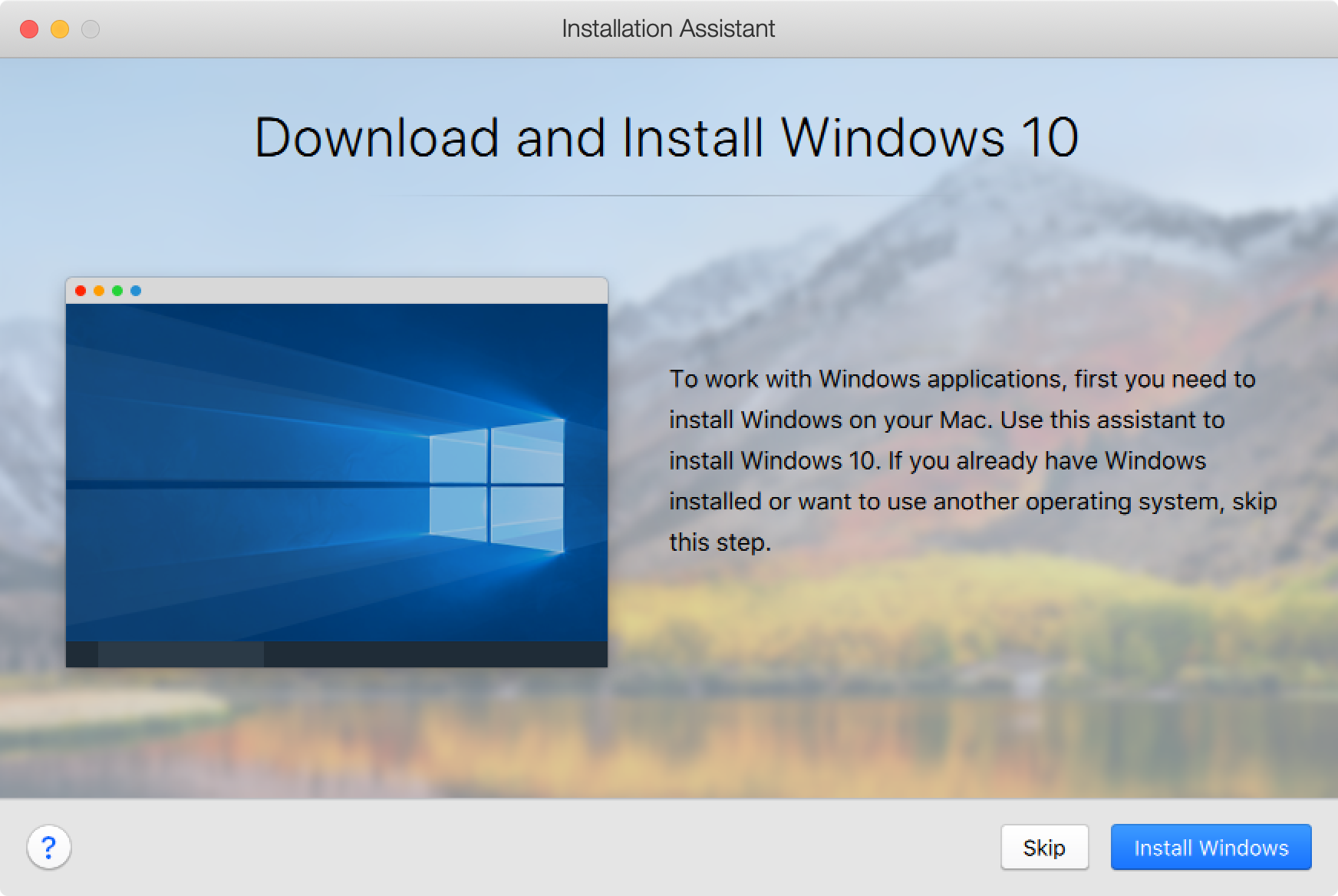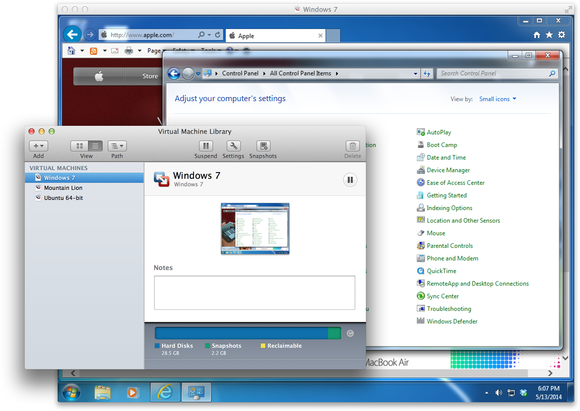2021. 1. 27. 05:04ㆍ카테고리 없음
Boot Camp is the easy way to run Windows on a Mac, but it has one major drawback: it requires you to reboot. And that can be a rather big disruption of your work, depending on how much time you spend in either Mac OS X or Windows.
Although it lacks the features that virtual machines offer, Boot Camp is still the best way to make the most of the Windows experience on a Mac, be it for leisure, gaming or work purposes. It builds on the need that Mac users sometimes have to run the most popular desktop operating system on their machine because the software they wish to use is only available on Windows. Instead of creating a 'virtual machine' that allows you to run Mac and Windows apps together at the same time, Boot Camp is a 'dual-boot' system that simply allows you to 'boot' (start) your Mac. Fundamental Differences. To start, let's talk about what sets Boot Camp and Parallels apart. Apple has created Boot Camp with the goal of making it easy for Mac users to natively install Windows.
Virtualization software like Parallels Desktop 7 avoids this glaring issue altogether, as it lets you run a full copy of Windows from within Mac OS X. But is it actually the best of both worlds or just a bag of compromises?
[ VDI shoot-out: VMware View 5 and Citrix XenDesktop 5.5 ]
Virtualization for serious work?
In part 1 of my Running Windows on a Mac Parallels for mac book pro. series, I made it very clear that virtualization solutions such as Parallels or VMware Fusion are merely a compromise for anyone who needs to get serious work done or has to spend several hours in full-screen Windows.
And I didn't just base that on my past experience with virtualization, but also one some benchmarks Ed Bott performed this summer.
It was only a couple of days after that article went live that Parallels came out with version 7 of their 'Parallels Desktop'. And they didn't exactly play small: Parallels promised not just the full-blown Lion support (Launchpad, full screen mode, Mission Control) and the ability to run Mac OS X Lion as a guest machine. They also made a big promise of running Windows 'without compromising performance'. The company also claims that Parallels Desktop 7 runs 45% faster using Windows 7 and 60% faster on 3D-accelerated applications (games, rendering, etc.) than before. These claims, coupled with enhanced support for USB, networking and sound cards (7.1 surround sound in a virtual machine), made me curious.
Can I run my Windows applications under Lion on Parallels Desktop 7 with no compromise? Can I run it all day?
For this shootout, I took the plunge and used Parallels Desktop 7 for over four weeks. After having some severe performance issues with running Windows 8 Developer Preview under Parallels, I decided to use Windows 7 Ultimate SP1 under Mac OS X Lion for my test. Here's what I found:
Pricing and installation
Boot Camp is free and pre-installed on every Mac (post 2006). Parallels, on the other hand, charges you $79.99 ($49.99 for upgrade) for its Mac virtualization product. In both cases, that also excludes the price of a Windows 7 license, which you'll need! So, if you're adding Windows 7 Home Premium to the mix, think at least $99 (for the system builder DVD) of additional charges for the privilege of running Windows on your Mac.
Boot Camp doesn't support Windows XP or Vista, so if you're going the Boot Camp route on OS X Lion, you're basically stuck with Windows 7. I can imagine this being a deal breaker for some companies.
Difference Between Boot Camp And Parallels



Parallels Desktop 7, however, fully supports Windows XP, Vista and Windows 7. And it doesn't stop there. Parallels supports Chrome OS, Linux and even the Windows 8 Developer Preview, which makes it a full-blown virtual PC solution and not just a way of running Windows on your Mac. In fact, a built-in downloader allows you to grab the respective ISOs and install them automatically. I think that's quite a killer feature for IT pros: Getting all of these OSes to run on a Mac is torture, so in terms of OS support and pure simplicity, Parallels just blows Boot Camp away. Period.
https://lihegata.tistory.com/8. • Now Open Bluestacks’s Parallels Client (legacy)modified file. • Now Finally!! You can open the app by Bluestacks App will and Voila. • After that we select itthen go to Inbuilt Google play store > Search for Parallels Client (legacy)> Install the app Finally. • After that the Bluestacks is installed then in here user should Open the Bluestacks and Click Parallels Client (legacy).
While this account is generally hidden and inaccessible, you can quickly get to it for its administrative capabilities by booting your Mac into single-user mode. • When you see the command prompt, enter the following command to put the boot drive into read and write mode: mount -uw / • Now run the following command to load Open Directory (Apple’s account directory service in OS X): launchctl load /System/Library/LaunchDaemons/com.apple.opendirectoryd.plist • Reset the password for your user account by entering the following command (replace “username” with the short name of the desired account) passwd username Use an Apple ID In OS X you can bind your user account to your Apple ID and then use it to reset your OS X password if you’ve lost it. Parallels for mac password not working. To proceed you’ll need to know the short name of the account for which you would like to reset the password, and then perform the following steps: • Restart your Mac and hold down Command-S at the boot chimes.
Boot Camp For Mac Cost
The Windows 7 installation procedure is fairly straightforward in both Boot Camp and Parallels Desktop 7. You insert the DVD or the ISO, perform some initial configuration and run the Windows installer. However, I went a slightly different route. I actually used Parallels to virtualize my Boot Camp partition. Yes, Parallels Desktop 7 allows you to select your pre-existing Windows 7 partition on your Mac and just run it as it if were an actual virtual machine. This is actually the only way to compare performance of Boot Camp versus Parallels, since I'm testing both solutions on the exact same configuration with the exact same number of programs installed and identical settings. Neat.